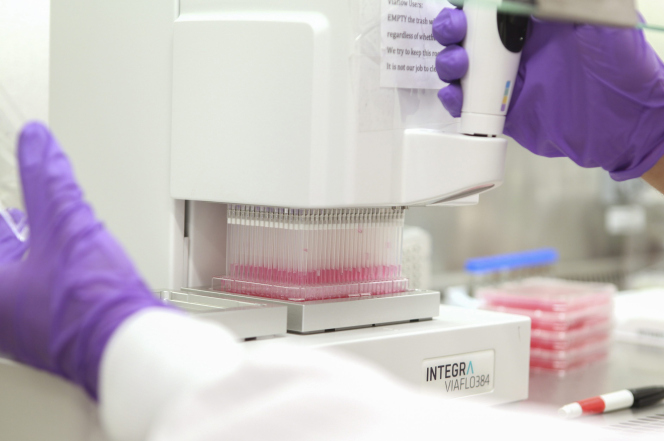A deadly virus appears in Africa, and makes the jump from animals to humans.
Decades later the virus causes an epidemic across the continent: Preying on poor sanitary conditions and public-health practices, it kills thousands and threatens millions. A worldwide pandemic seems imminent.
Sound familiar?
Don’t be fooled. This description applies more to the history of HIV/AIDS than it does to the Ebola epidemic now raging in West Africa.
Yes, one case of Ebola has made it here. But in countries with a good health-care infrastructure, Ebola will be much easier to contain. It’s highly unlikely to cause a worldwide pandemic or even a sustained outbreak here in the United States.
Back in the 1980s, when HIV/AIDS was spreading to millions throughout Africa and first becoming an enormous problem here in America, I was a medical resident at Bellevue Hospital.
Most of our AIDS patients were dying and we had no idea how to slow down the growing epidemic other than to push safe sex. We were irrationally afraid of getting the dreaded disease just by touching people or coming close to them.
Younger people today, when HIV patients are living full lives with the help of (expensive) anti-viral drugs, likely have no idea what the fear and trepidation was like in the early days of AIDS.
And many Americans of all ages lack the perspective to assess the threat of Ebola, another viral killer now emerging in Africa.
The Centers for Disease Control reports that infections are doubling every 20 days in Liberia and Sierra Leone, and worst-case projections reach into the millions.
But consider how the two viruses, Ebola and HIV, spread — and you’ll see the new threat in a far different light.
In West Africa right now, according to CDC statistics, for every person infected with Ebola, two close contacts acquire it. That’s a recipe for disaster there, especially when combined with fruit bats spreading the virus to other regions and other countries on the African continent.
But here in America — where we’re able to identify symptoms rapidly and isolate sick patients, keeping others away from their secretions — any Ebola outbreak will be quickly squashed.
The reason HIV spread wildly here is that it’s often hard to know someone has it; it can spread silently from one patient to the next via sex or sharing needles.
As Dr. Anthony Fauci, a pioneer AIDS researcher who’s now the director of the National Institute of Allergy and Infectious Diseases, told me, “Ebola is transmitted when a person is sick, usually very sick, and you have to come into direct contact with bodily fluids. So it’s difficult not to know you’re exposed.”
By comparison, Fauci said, though HIV is less transmissible, the impact has been far greater because of the large numbers of people involved and because “you can unwittingly get into contact with someone and have it transferred.”
Authorities are struggling to keep Ebola from ever reaching HIV numbers in Africa. And whereas there is still no HIV vaccine, several vaccines against Ebola are now starting human clinical trials and are being fast-tracked. This could be a game changer.
One vaccine under investigation at the National Institutes of Health is particularly promising and has been highly successful in monkeys.
If things go well, says Dr. Fauci, it could become available for use in people most at risk by the end of 2015. If it can be given to large percentages of people in those areas affected, the Ebola epidemic can be squashed.
The current Ebola Zaire strain is essentially the same one first discovered in 1976. Like HIV, it is a relatively stable virus. So, according to Fauci, it’s unlikely to “go airborne” — that is, to mutate into a more easily transmissible form.
And that’s why you shouldn’t fear: Unlike HIV and lucky for us, you have to be sick to spread Ebola.
Dr. Marc K. Siegel is an associate professor of medicine at NYU Langone Medical Center and a Fox News medical correspondent.
Source: New York Post

